
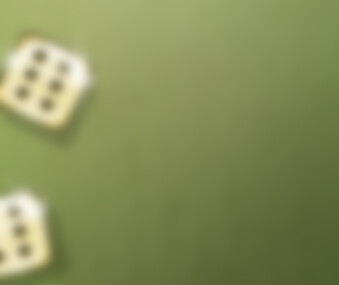

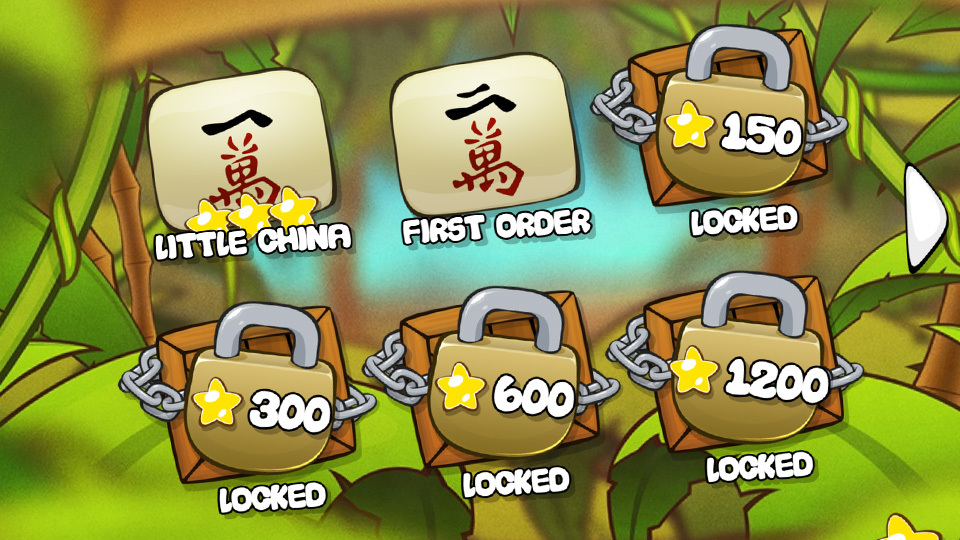
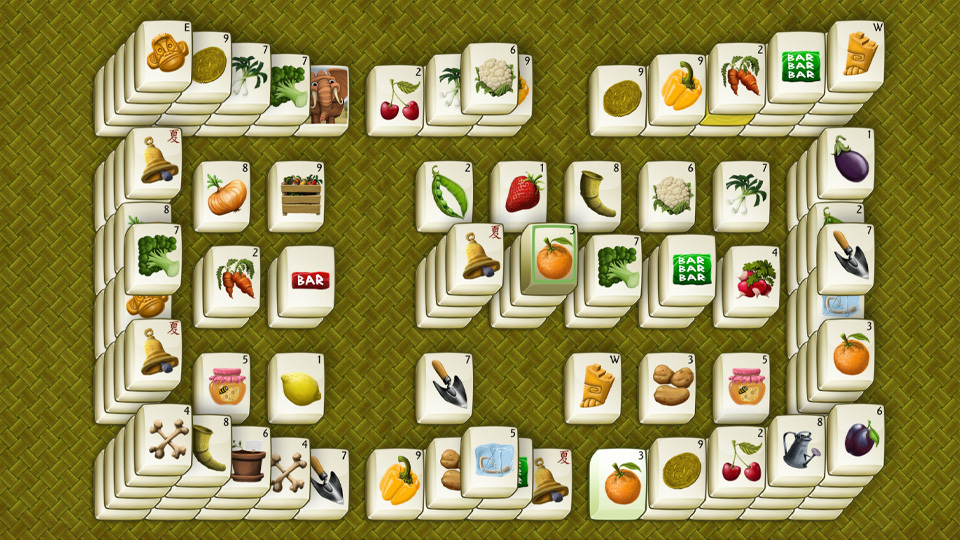


Mahjong 3 is a great and refined version of the popular Chinese solitaire. There are now even more levels, special tiles and stars you can collect. You can also build your own levels and share them with your friends.
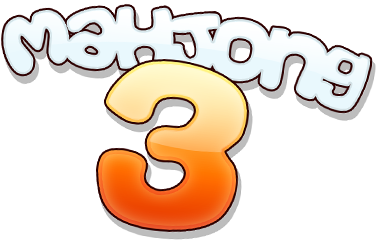 Mahjong 3 is a new and beautiful version of the popular Chinese solitaire. There are now even more levels, special tiles and stars for you to collect. Here at Playandwin you can play Mahjong online for free.
Mahjong 3 is a new and beautiful version of the popular Chinese solitaire. There are now even more levels, special tiles and stars for you to collect. Here at Playandwin you can play Mahjong online for free.
Rules Game surface Stars & Shuffle Help function Tiles Tactics Special tiles
RulesOnline Mahjong is easy to learn and is a well-known Chinese solitaire that you can play for free here at Playandwin, but it requires good skills to master. A Mahjong level consists of 144 tiles. A tile can be paired with an identical tile, if it is free. A tile is only free, if the right and/or left side of the tile is free, and if there is no tile on top of it. See the following examples:
|
 | Tutorial levelsIf you have not played the tutorial levels yet, you can access them by pressing "?" on the front of the game. These levels can help you understand the very simple rules. |
Game surfaceReview of the game area |
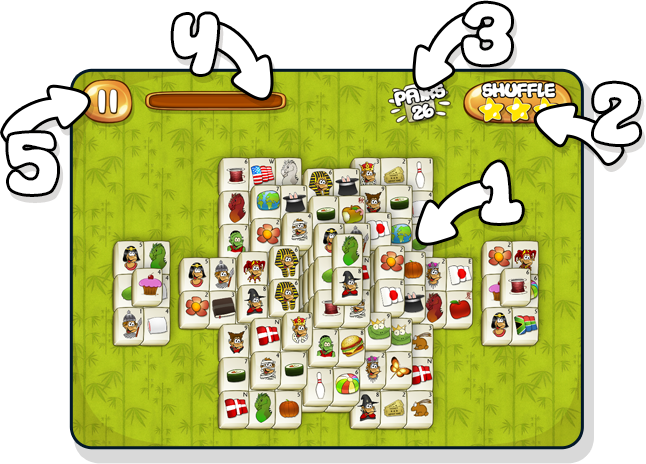 |
|
 | Stars & ShuffleIn Mahjong 3 you can shuffle the tiles over and over again. The first 3 times you use the shuffle function, it will get you one less star when completing the level. That means, if you have shuffled the tiles 2 times and then complete the level, you receive 1 star for your collection. Of course you can just play the level again and see if you manage to get all three stars the second time. |
Help functionIf you have not removed any pairs in a while, a help function will highlight free pairs that you can choose to remove. If you do not want to use this help, it can be turned off in the sidebar. | 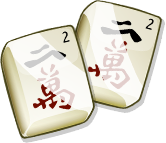 |
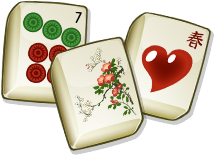 | The tilesThe original Chinese Solitaire has some different character sets that are used to describe the tiles. |

The bamboo tiles stand for copper coins on a string. There are 4 of each bamboo tile in a normal Mahjong level.

The character tiles shows the numbers 1-9 in Chinese. The red character at the bottom stands for 10,000. There are 4 of each character tiles in a normal Mahjong level.

The circle tiles symbolise the traditional copper coins. There are 4 of each circle tile in a normal Mahjong level.

The win tiles represent the four directions of the compass. North(N), South(S), East(E) and West(W).

There are 3 different dragon tiles, and 4 of each in a normal Mahjong level. The dragon tiles symbolise the three coloured dragons, green, red and white.

There is one of each in a normal Mahjong level and they can all be paired with each other. The flower tiles represent the four noble men in Chinese art. Cherry, Orchid, Chrysanthemum and Bamboo.

There is one of each in a normal Mahjong level and they can all be paired with each other. The season tiles show the four seasons Spring, Summer, Fall and Winter. These tiles also have their corresponding Chinese characters for the season, coloured in red in the upper right corner.
 | TacticsAs the levels get harder and harder, it will also be necessary to use some tactics to get all 3 stars. Basically, it is important to always remove tiles that open up the level more and allow the possibility for matching multiple pairs, rather than removing some that do not give you new possibilities to match. |
 | A good matchIf you can match two tiles that allow you to get to other tiles behind or beneath them, that would be a good match. |
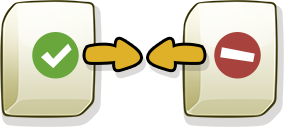 | An okay matchAn okay match is one that doesn't open the level up further. This move should only be made when there are no better options. |
 | A bad matchA bad match is when you match tiles that are totally free and do not block for others, or only block one other tile. If you only match these tiles, you end up with no more free pairs left very quickly. |
Examples on tactics |
 |
|
A hard level where it is really important to focus on the group in the middle.
|
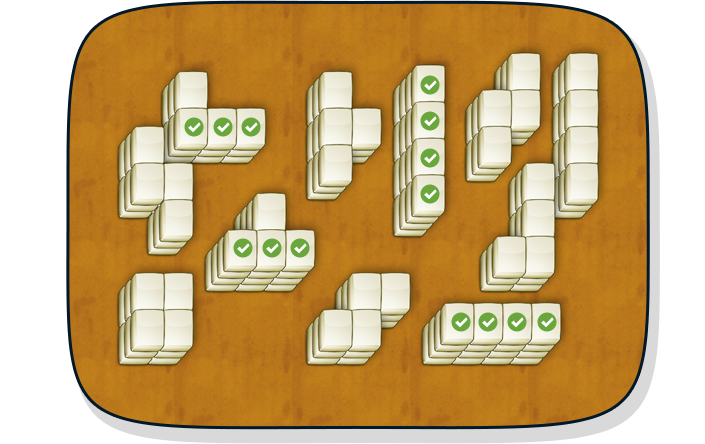 |
|
A level where the focus should be on the pillars of 4 tiles, and the long elements that block some of the tiles.
|
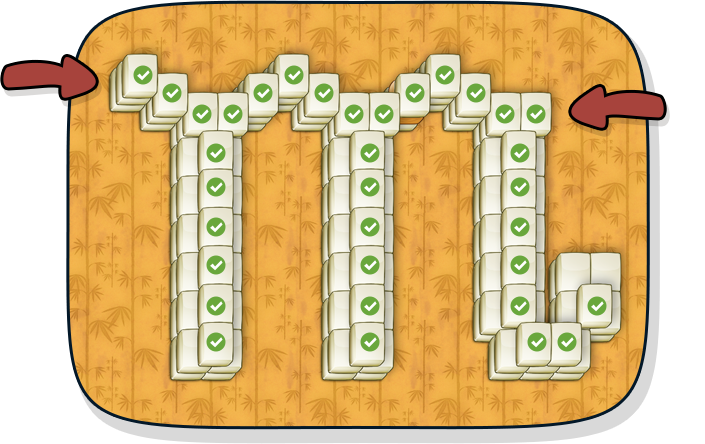 |
|
A very tough level where you need to focus on the top row, and at the same time try to open up the three pillars by removing the top tile.
|
 |
|
A level where you again need to focus on the group in the middle. Many of the surrounding tiles should only be used if absolutely necessary.
|
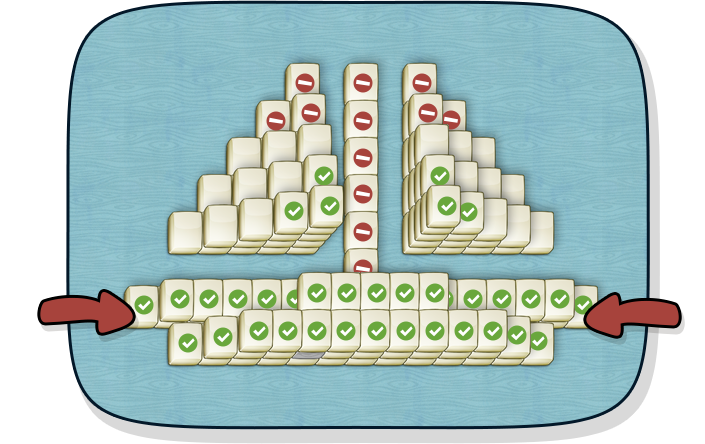 |
|
Here the focus should be on the lower groups of tiles. Other tiles that are completely free should be saved for last, if possible.
|
 |
|
Your main focus should be on the tiles that block others. When the level has been opened up, then your focus should be on all the tiles.
|
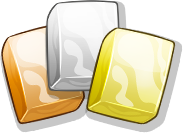 | Special tilesSometimes you can be lucky to find a special tile. As you collect gold, silver or bronze tiles, you will see your progress on the yellow bar at the top of the game. When the bar is completely filled, you get a bonus spin. There are other special tiles in the game which are even more rare, namely gems. Gems occur very rarely, and when you see them, you are not in doubt. Some are more rare than others, and some occurs only in difficult levels, others in easier ones. If you collect a gem you will receive an extra gold star to your collection. You can get 3 gold stars in total for each color gem you find. You can see all the gems you've found in the trophy room at the front. |
Level-BuilderIn our free game Mahjong 3, it is also possible to build your own mahjong levels, and play your friends' levels as well. You will find this function on the front page of the game under "User Levels". If you create a good level there is a chance it will be published in a new book, so everyone gets a chance to play it. In that case, you will be rewarded with tokens and your username will appear as builder of the level. |  |
 | What is a good level?When you build a level in our version of Mahjong Classic, you should think about two things: how difficult should the level be and its looks. Hard levels are very compact and often do not have many holes, whereas an easy level has many free tiles. These items can also be easily combined to get a more interesting level. It is of course also important to make sure that the level is visually beautiful. Does it look like a certain thing or does it have a beautiful pattern? If you build the level too big with tiles widely scattered, the tiles will then seem very small when the level is played, which is not optimal. Also, do not copy a level that has already been published or has been taken from Mahjong 2 or has been created by another user. Copied levels will never be published. Originality pays. As a rule of thumb: a compact, stylish and original level in whatever difficulty, is a really good level. Good luck with the Level-Builder. |
I so love this game, I have all 4 medals completed yet I still play as there's always new books to open every week in different levels so gives us a challenge to do!
This game has me hooked - I lose track of time when i am plying it lol mmmm The review has to be of at least one hundred characters so these last few words should help. Oh apart from bronze stars i have no idea how to get them
can not stop playing this game first day i played it ,i was on it for 5 hours lol,so please have ago and see what you think of it,
i love this game would like more gems though it,s totally addictive i cant get enough of it thank you
This is a game that is challenging from the start. It is better than all the other mahjong games. I like you get the choice of characters on the tiles also.
For me it is a very calming game. And I think that it`s one of the best I ever played. :) I can`t stop working for those stars lol
I love this game, so many different challenges, my only wish is that you had a button to go back or undo a move.